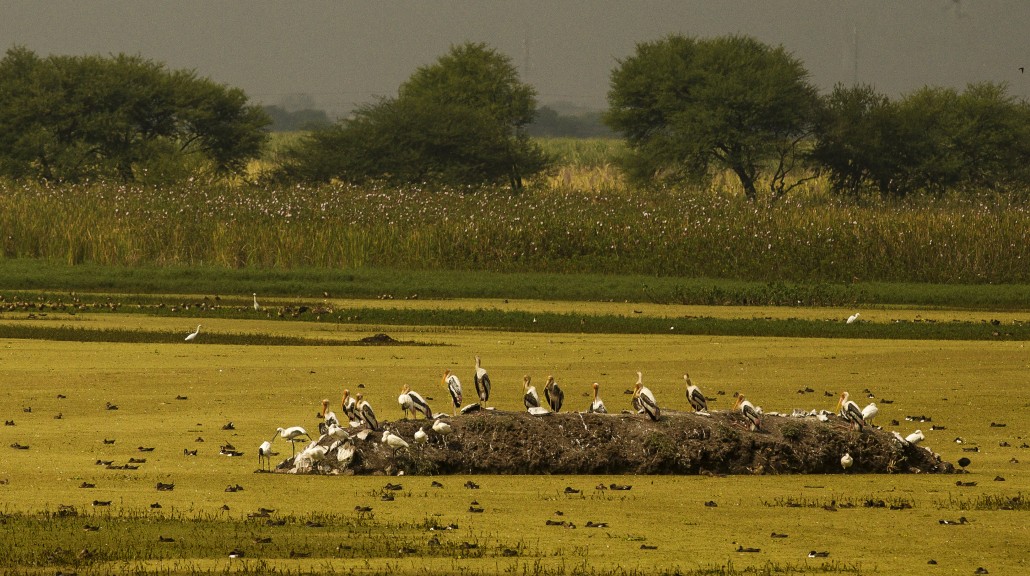In a major recognition towards Government of India’s effort towards conservation, restoration and rejuvenation of its wetlands, Ramsar has declared 10 more wetland sites from India as sites of international importance. The Ramsar Convention signed on February 2, 1971, is one of the oldest inter-governmental accord signed by members countries to preserve the ecological character of their wetlands of international importance.
The aim of the Ramsar list is to develop and maintain an international network of wetlands which are important for the conservation of global biological diversity and for sustaining human life through the maintenance of their ecosystem components, processes and benefits. Wetlands declared as Ramsar sites are protected under strict guidelines of the convention.
With this, the numbers of Ramsar sites in India are now 37 and the surface area covered by these sites is now 1,067,939 hectares. Maharashtra gets its first Ramsar site (Nandur Madhameshwar), Punjab which already had 3 Ramsar sites adds 3 more (Keshopur-Miani, Beas Conservation Reserve, Nangal) and UP with 1 Ramsar site has added 6 more (Nawabganj, Parvati Agra, Saman, Samaspur, Sandi and SarsaiNawar).
Expressing happiness over the announcement, the Union Environment Minister Prakash Javadekar in a tweet message said that the Ramsar declaration is an acknowledgement of Government of India’s commitment in achieving the conservation and sustainable use of the important wetlands of the country. “Happy to inform that #Ramsar has declared 10 more #wetland sites from India as sites of international importance for the conservation of global biological diversity. It is an acknowledgment of India’s commitment towards #conservation and #sustainable use of its wetland.@PMOIndia”
The Union Minister also said that conservation of wetlands would also go a long way in achieving our Prime Minister’s dream of ‘Nal se Jal’ in each household. The government has recently in July launched the new ‘Nal se Jal’ scheme, which aims to provide piped water connection to every household by 2024.
Wetlands provide a wide range of important resources and ecosystem services such as food, water, fibre, groundwater recharge, water purification, flood moderation, erosion control and climate regulation. They are, in fact, are a major source of water and our main supply of freshwater comes from an array of wetlands which help soak rainfall and recharge groundwater.
In the past six months, Ministry of Environment, Forest & Climate Change has prepared a four pronged strategy for the restoration of wetlands which includes preparing a baseline data, wetland health cards, enlisting wetland mitras and preparing targeted Integrated Management Plans. Conservation of wetlands would also go a long way in achieving our PM’s dream of ‘Nal se Jal’ in each household. The Ministry would be working closely with the State Wetland Authorities to ensure wise use of these sites.

